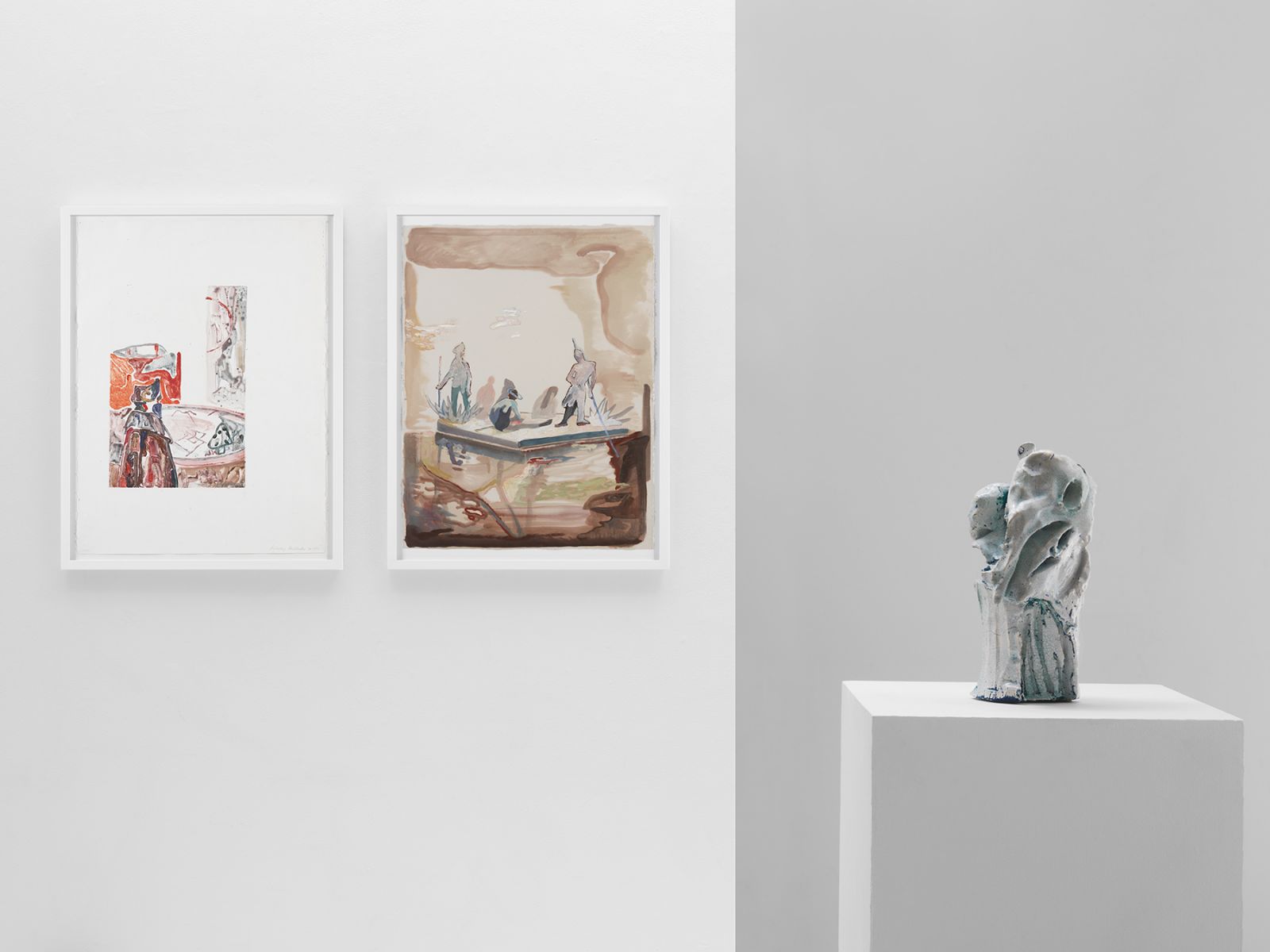
Banhof Gallery is pleased to present Artefacts, a solo exhibition by New York- and Moscow-based artist Nikolay Koshelev. While the artist typically operates on a monumental scale, these new ceramics and works on paper function together as the protagonists and scenography of a micro-production, an imagined ballet unearthed from an ambiguous point in time. The corresponding pieces share a visual language of fluid colors and facial expressions abstracted beyond precise recognition; a portentous narrative unfolds in their dream-like, and at times nightmarish, depictions of contrasting elemental forces.

The presentation of artifacts from an unspecified history supports Koshelev’s stylistic and material concerns of bringing the past into the present. Having studied the monumental arts at the Moscow Academy, which included rigorous training in Russian and Italian techniques of fresco, mosaic and large-scale sculpture, history lies at the foundation of Koshelev’s practice. The folkloric imagery of this fictional ballet reflect the enduring influence that late-19th and early 20th-century Russian Symbolists have on his work—artists including Mikhail Vrubel, Mstislav Dobuzhinsky and Léon Bakst, who similarly depicted atmospheric, mystical scenes across painting, sculpture and theater design.
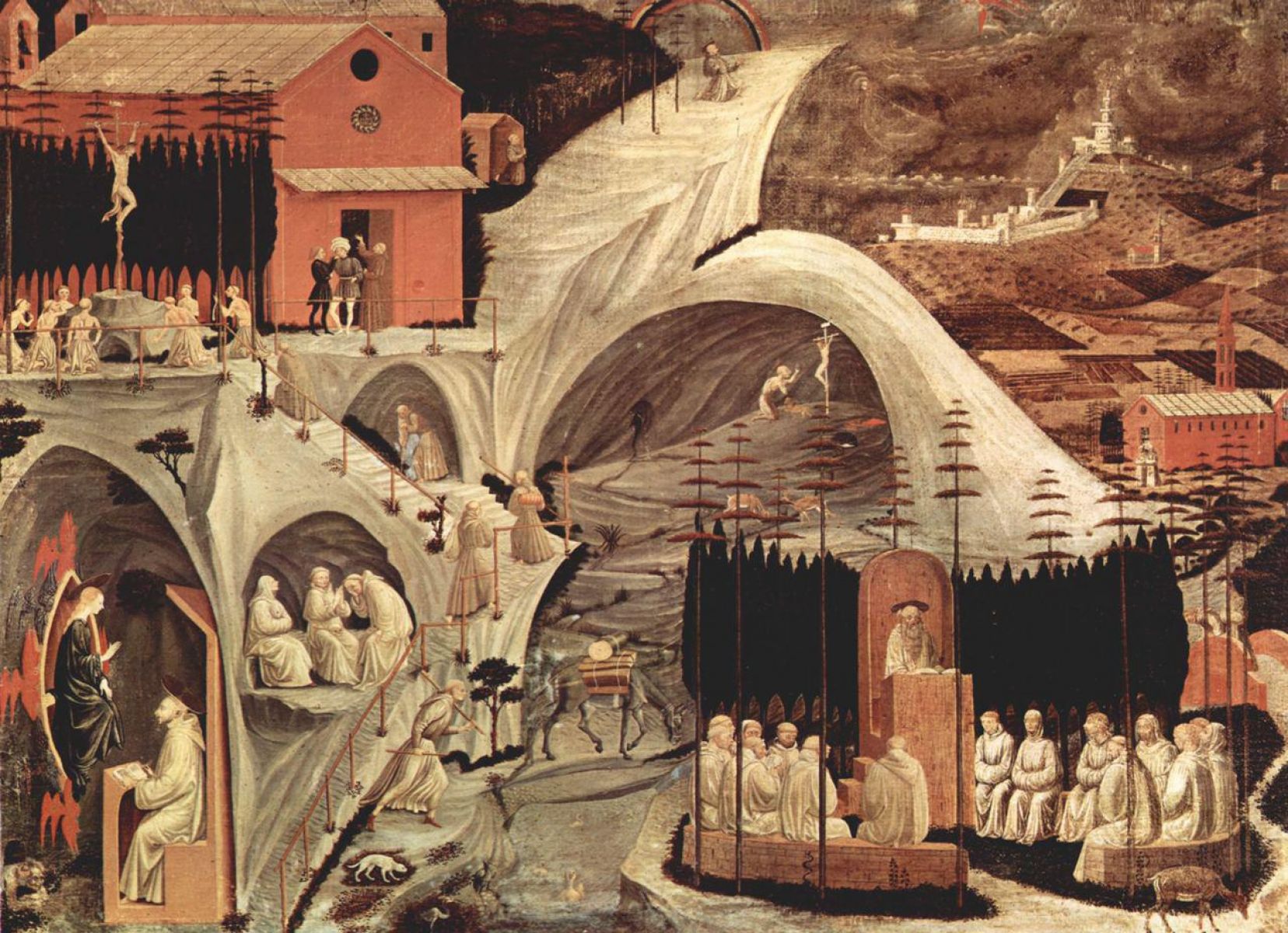
These traditional foundations, however, converge with Koshelev’s later MFA training at the New York Academy of Art and erstwhile life as graffiti artist on the streets of Moscow, creating a singular approach to world-building within a contemporary lens. Embedding recurring imagery and symbols throughout his painting and sculpture, he evokes the street artist’s signature tag; applying paint and glaze in running, overlapping layers he recreates the patina of graffiti that accrues over time. And in his further insistence that his work identify with no specific era, the artist limits himself to using only prewar methods and materials: vintage paper and canvas; rabbit-skin glue; the kiln of a Soviet-era factory in central Moscow.

For Koshelev, living in two cities maintains the timelessness of his practice in two ways: New York means being at the epicenter of contemporary popular culture, yet at the same time reaffirms Moscow’s place as his home and the soul of his work.
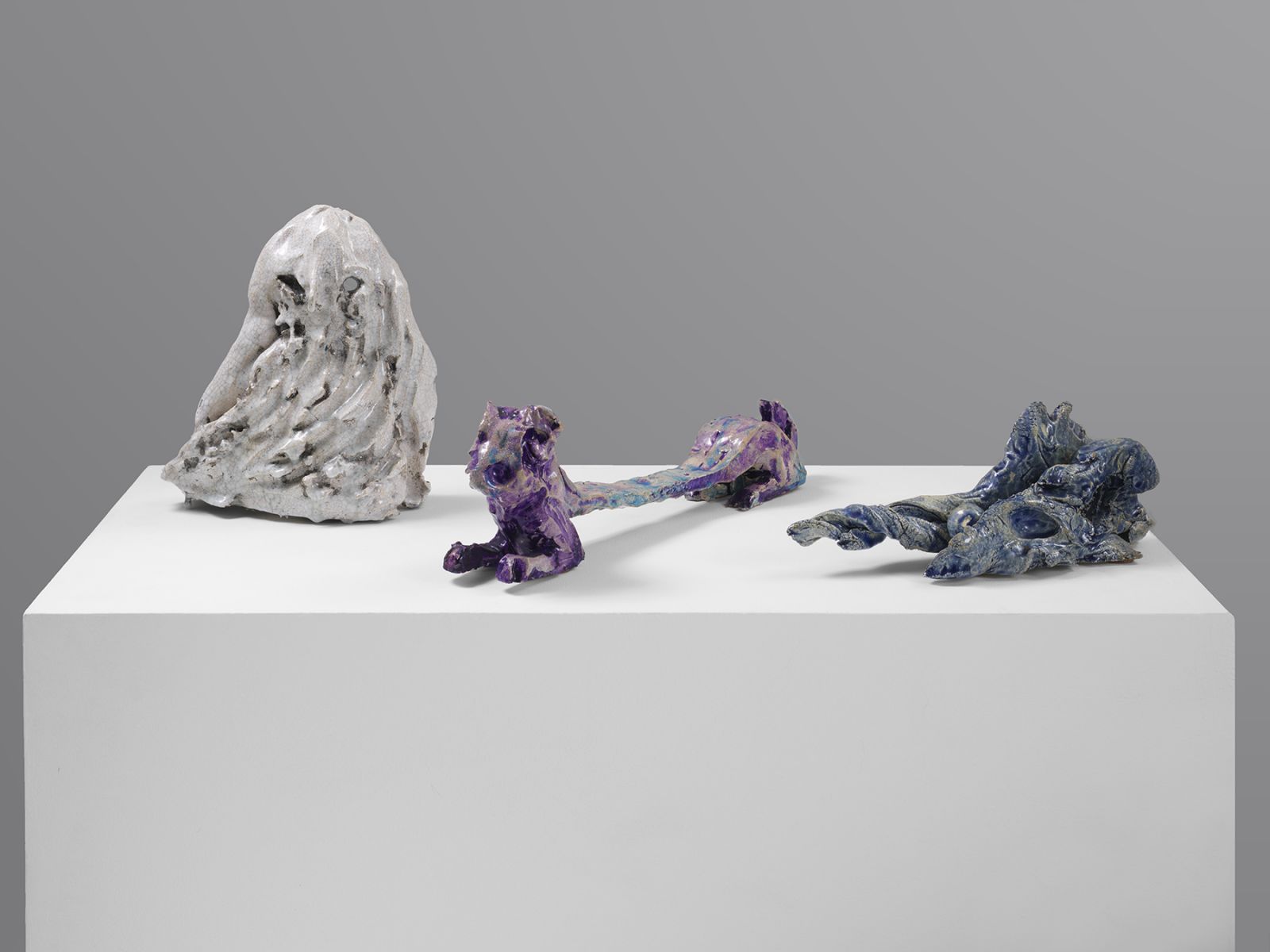
FEATURED WORKS
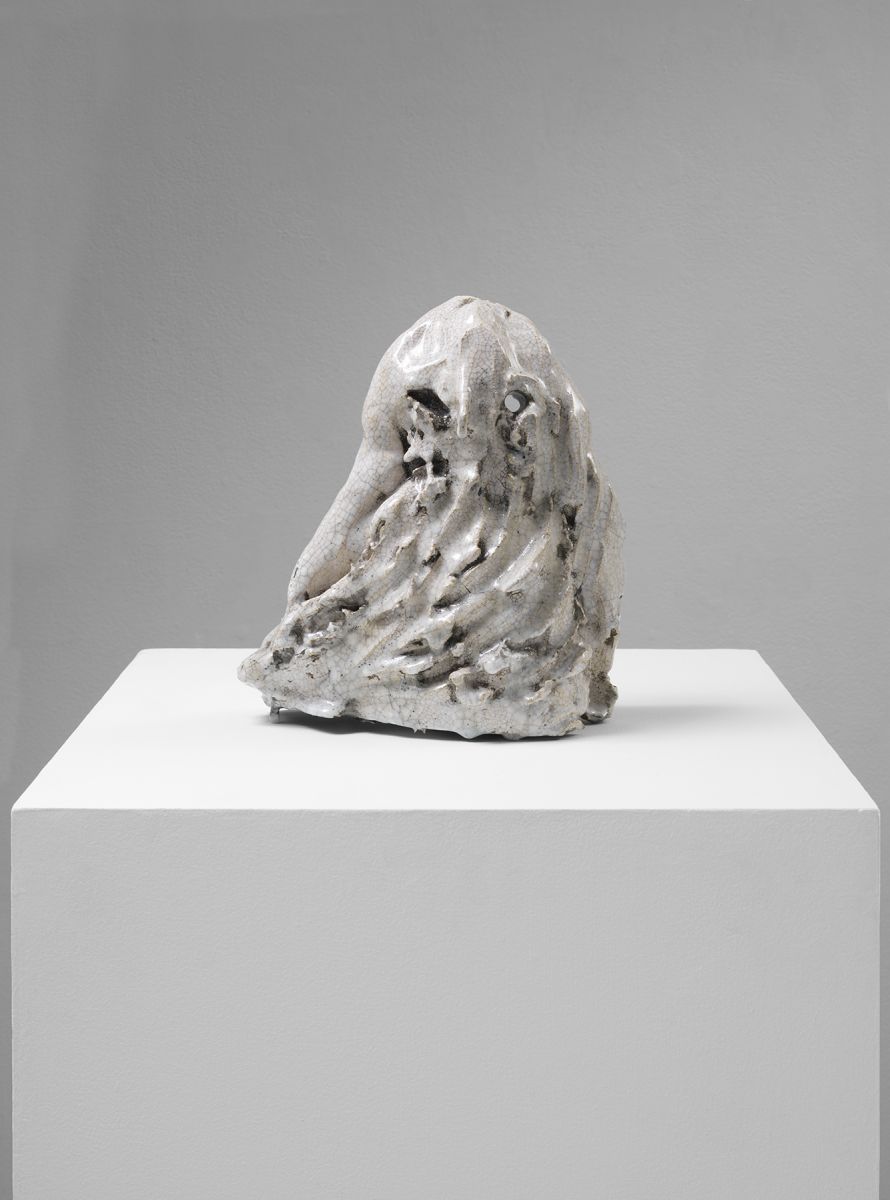
2019
ceramics, glaze
11 x 10 x 4 inches/ 28 x 25.4 x 10.16 cm
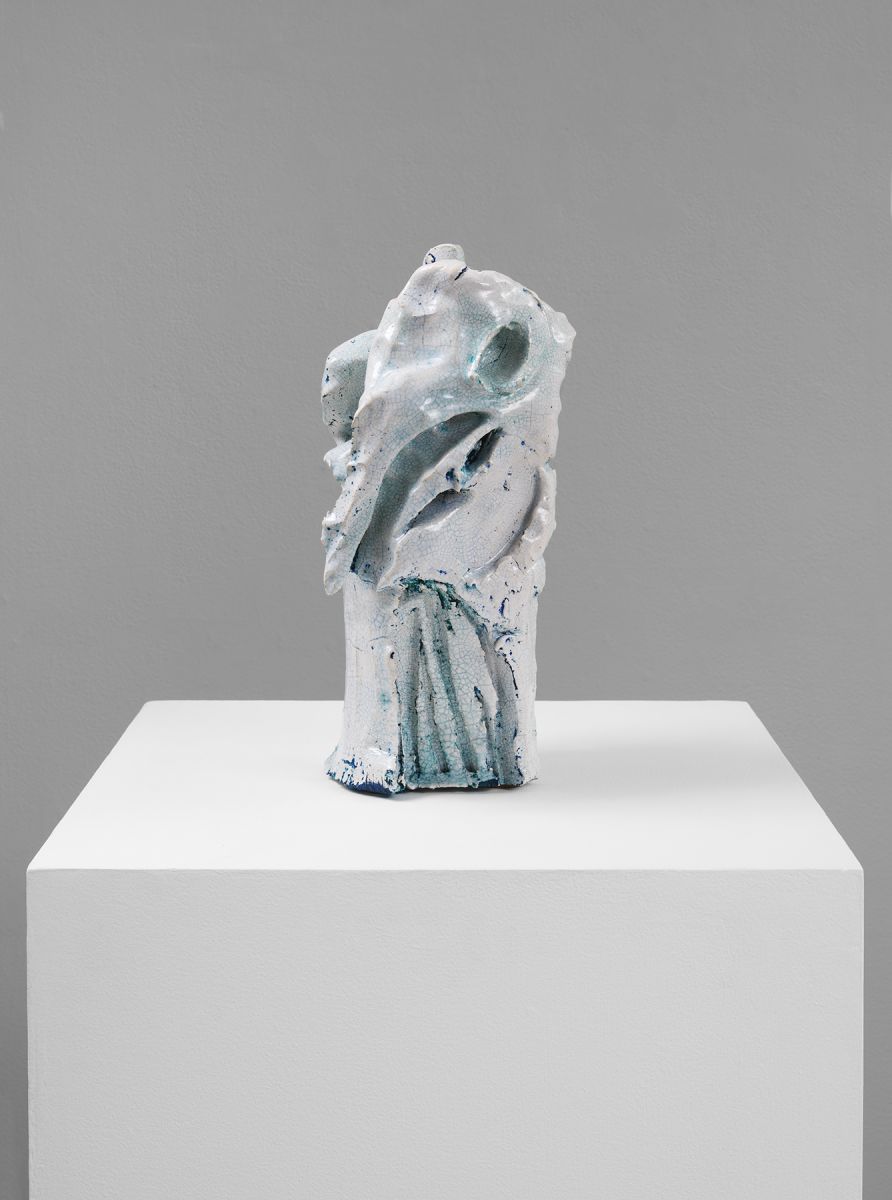
2019
ceramics, glaze
14 x 7 x 6 inches/ 35.5 x 17.8 x 15.2 cm
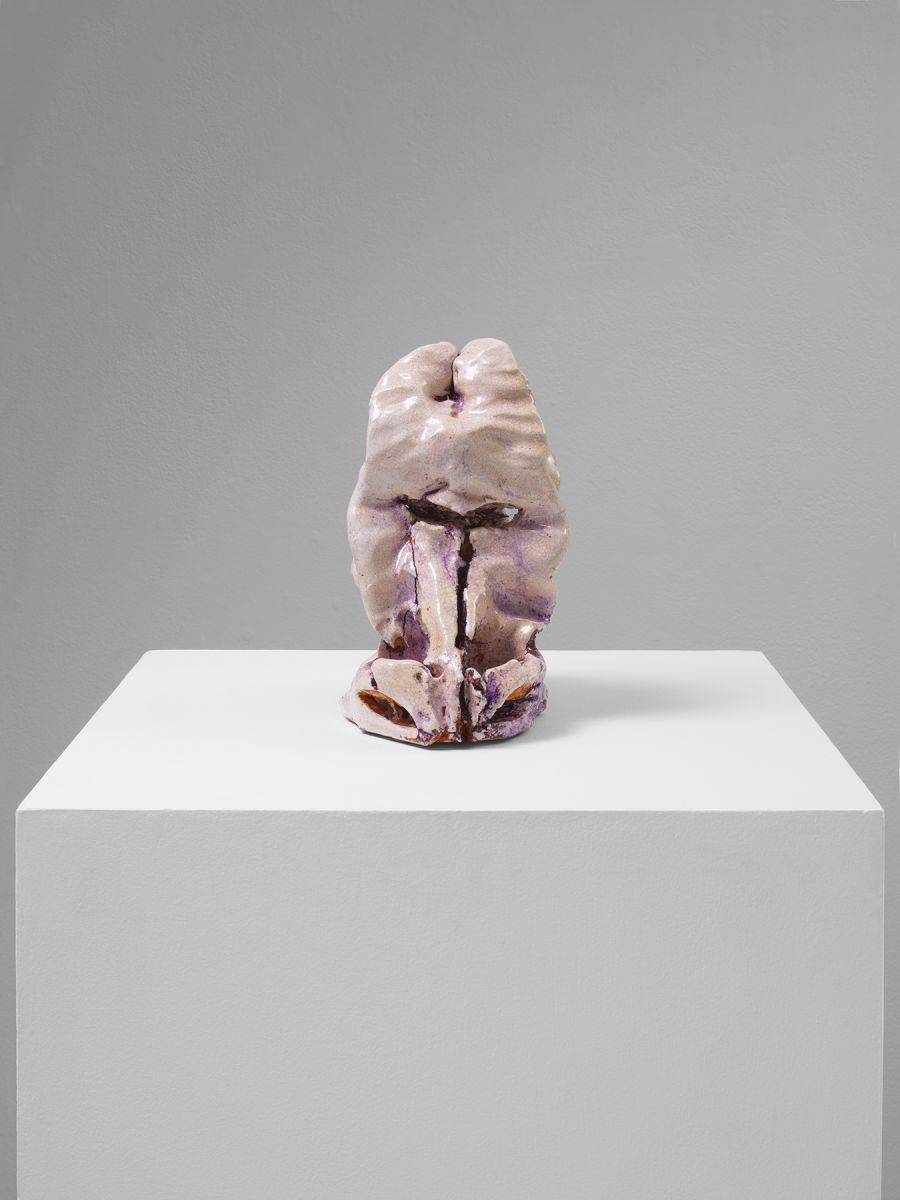
2019
ceramics, glaze
9.5 x 6 x 9 inches/ 24.1 x 15.2 x 22.8 cm

2019
ceramics, glaze
13 x 5.5 x 4 inches/ 33 x 14 x 10.16 cm
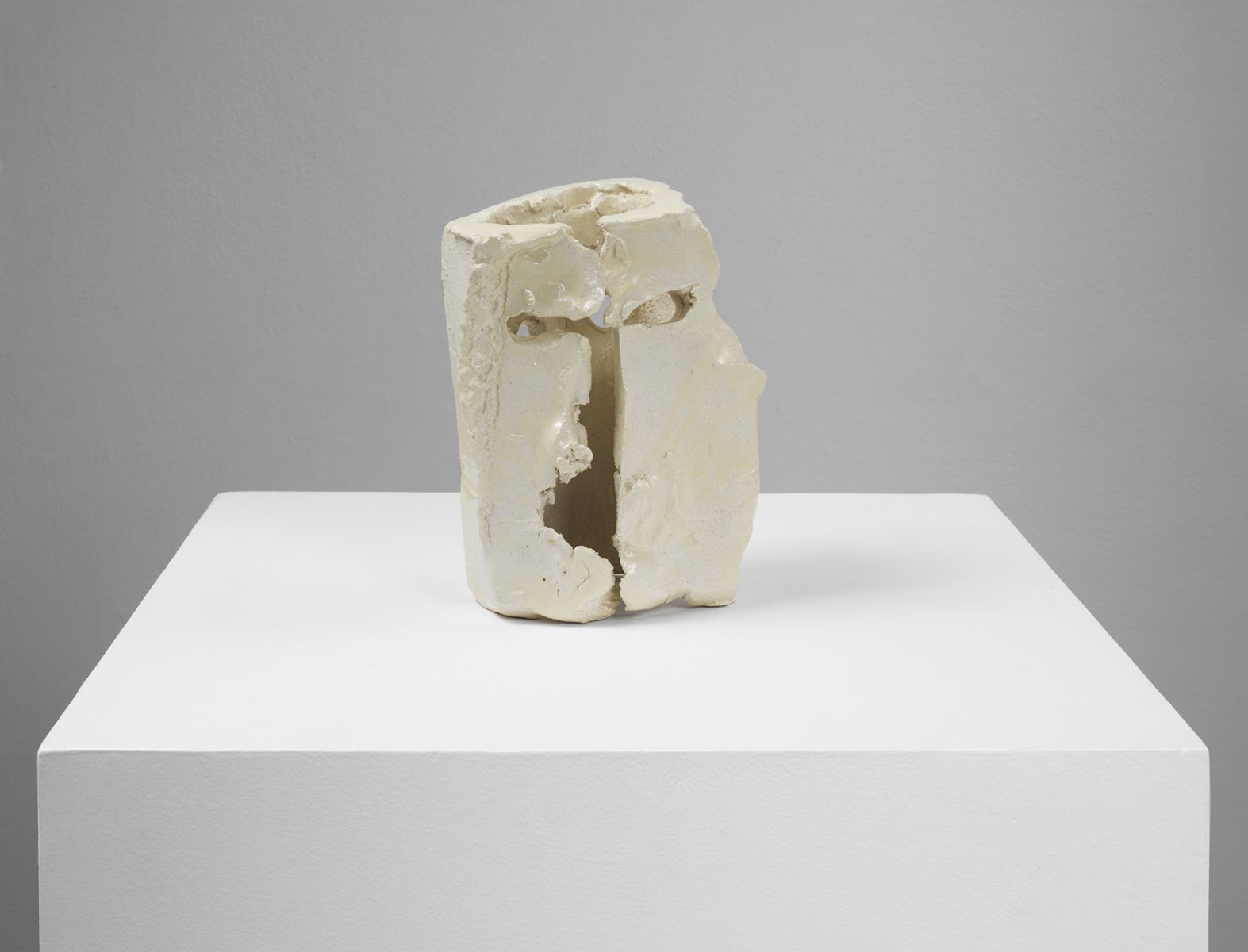
2019
ceramics, glaze
7.75 x 6 x 4 inches/ 19.7 x 15.2 x 10.1 cm

2019
ceramics, glaze
18 x 5.5 x 2.5 inches/ 45. x 14 x 6.35 cm
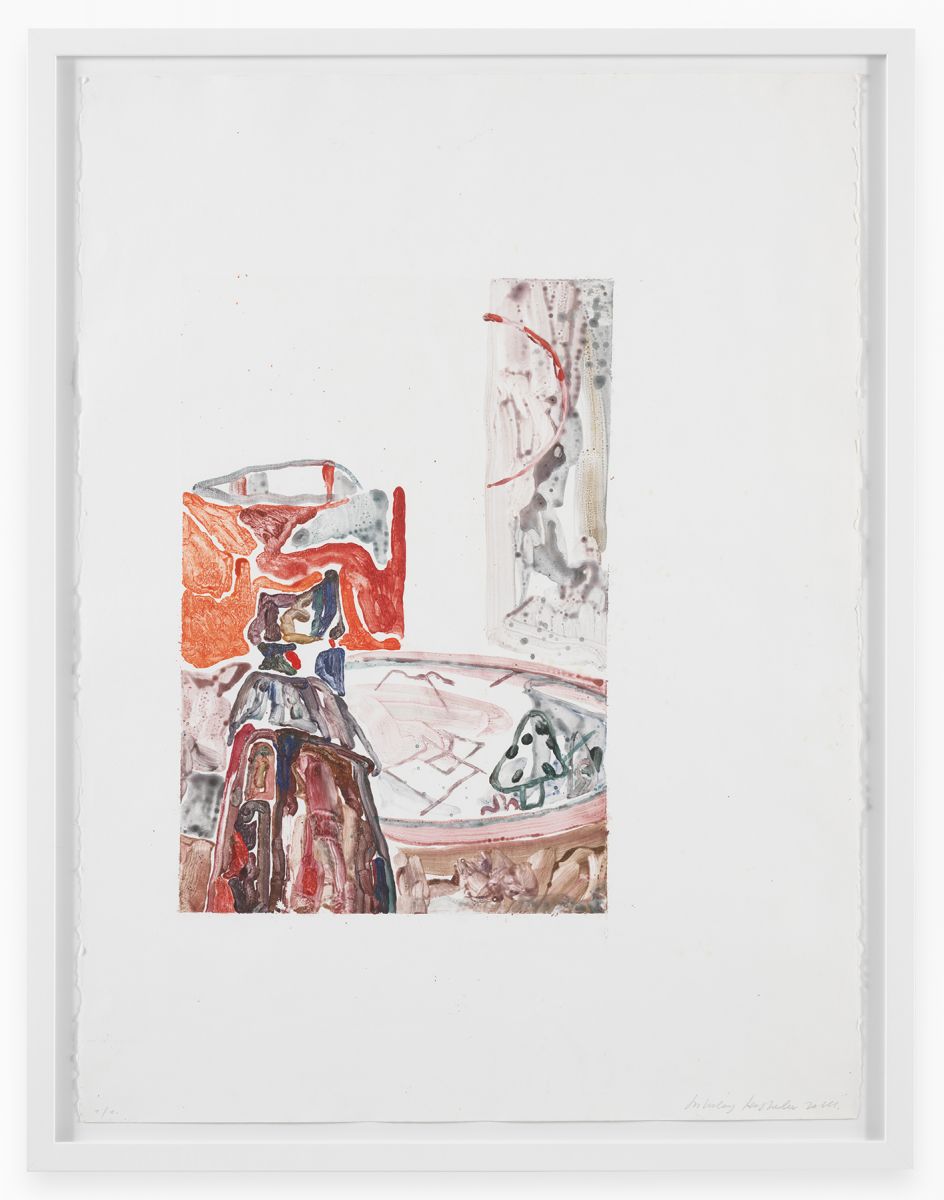
2015
Lithography on glass, printing ink, paper
32.5 × 25 inches/ 82.5 × 64 cm (framed)
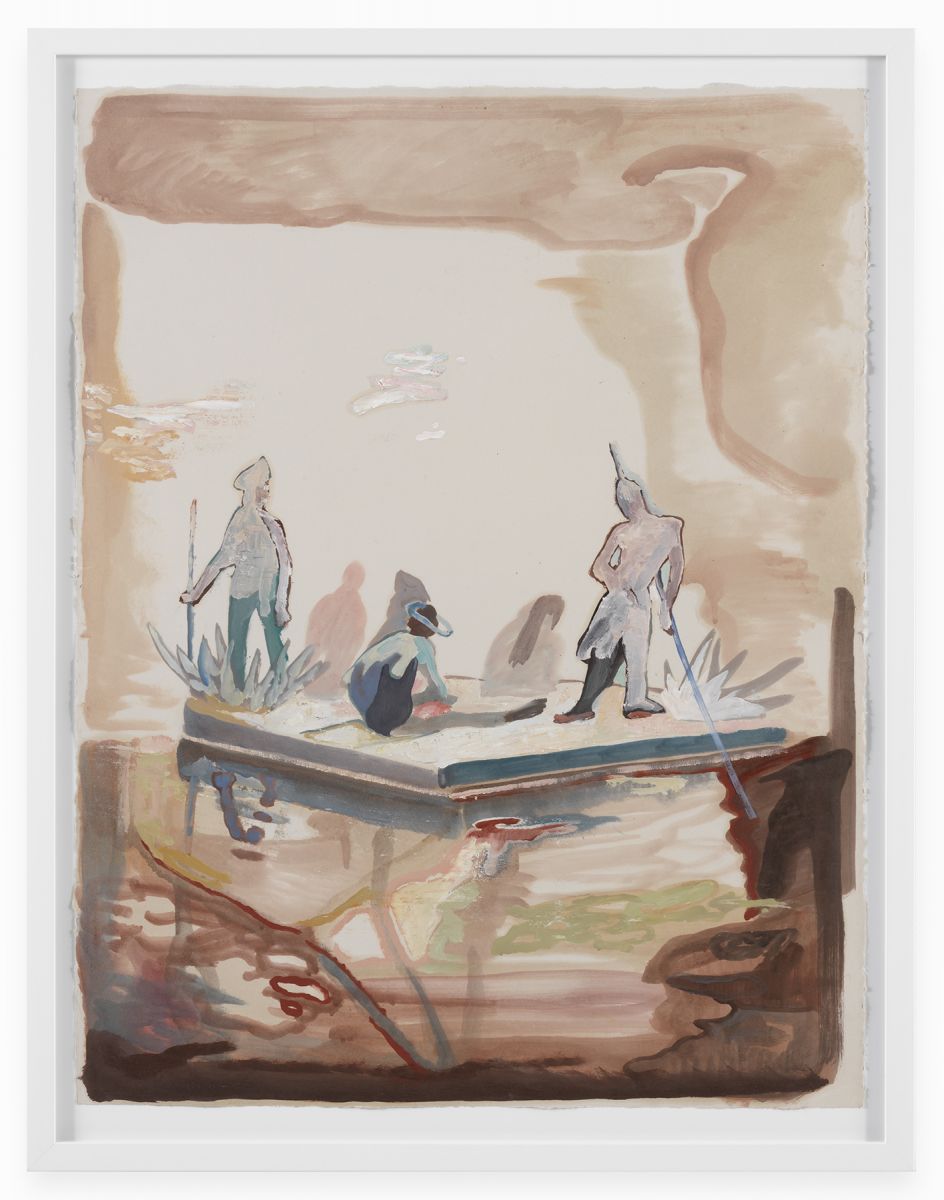
2015
Oil, linseed oil, varnish, archival paper
30 x 22.5 inches/ 76.2 x 57 (unframed)
32.5 × 25 inches/ 82.5 × 64 cm (framed)
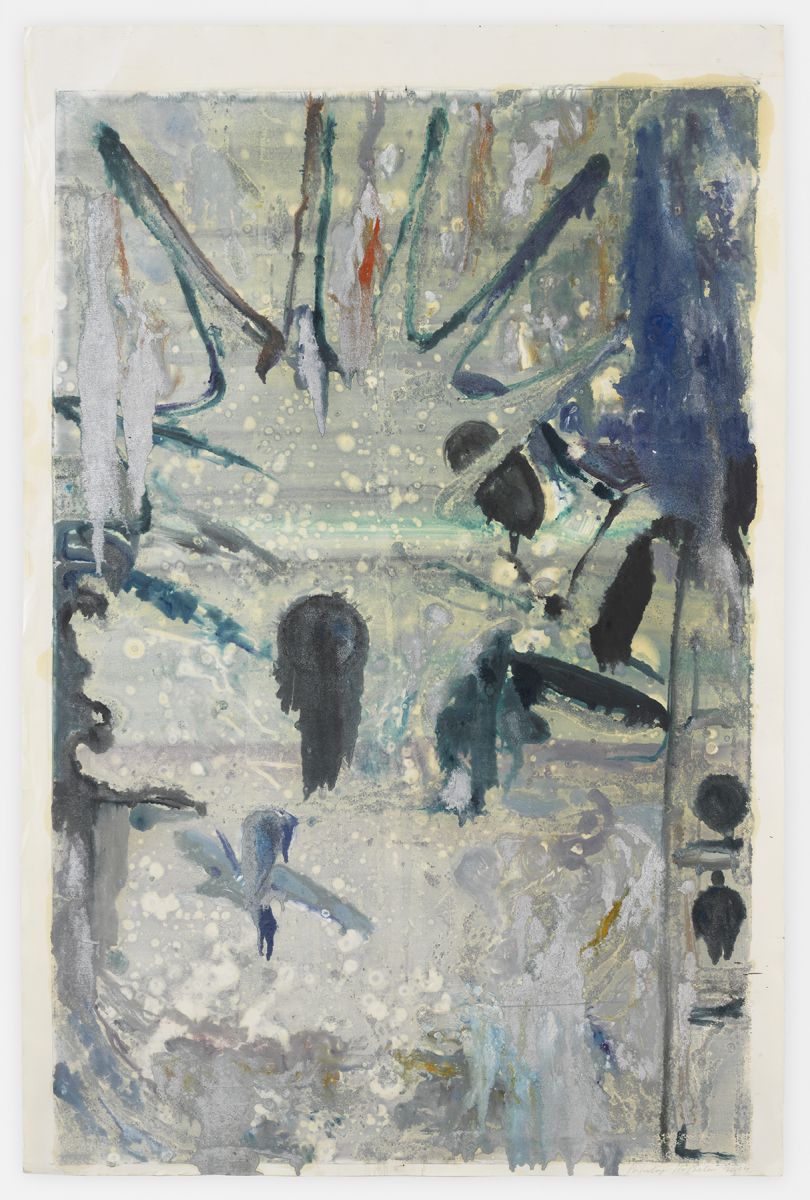
2015
Lithography on glass, printing ink, paper
39.7 × 26 inches/ 100.8 × 66 cm (unframed)
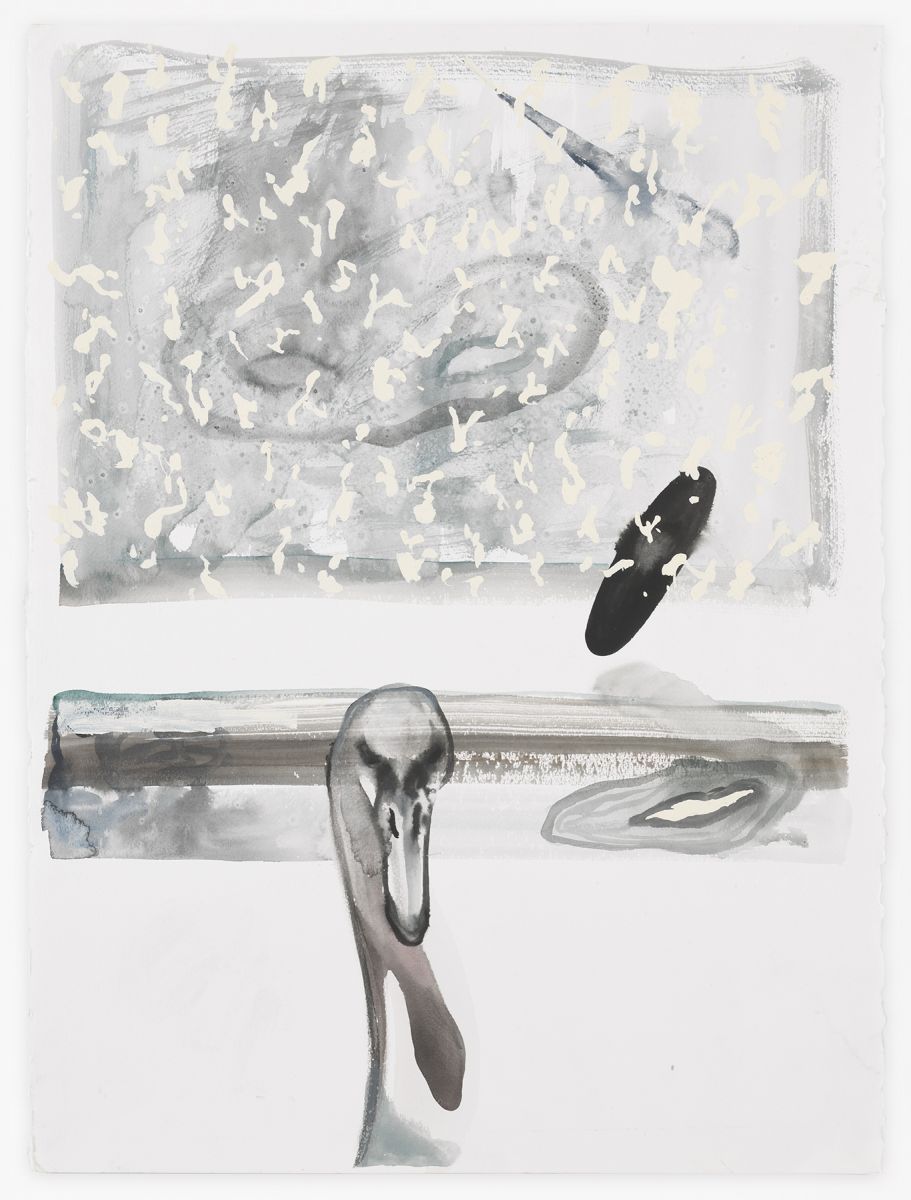
2016
Watercolor on paper, sea salt
30 × 22 inches/ 76.2 × 55.9 cm (unframed)
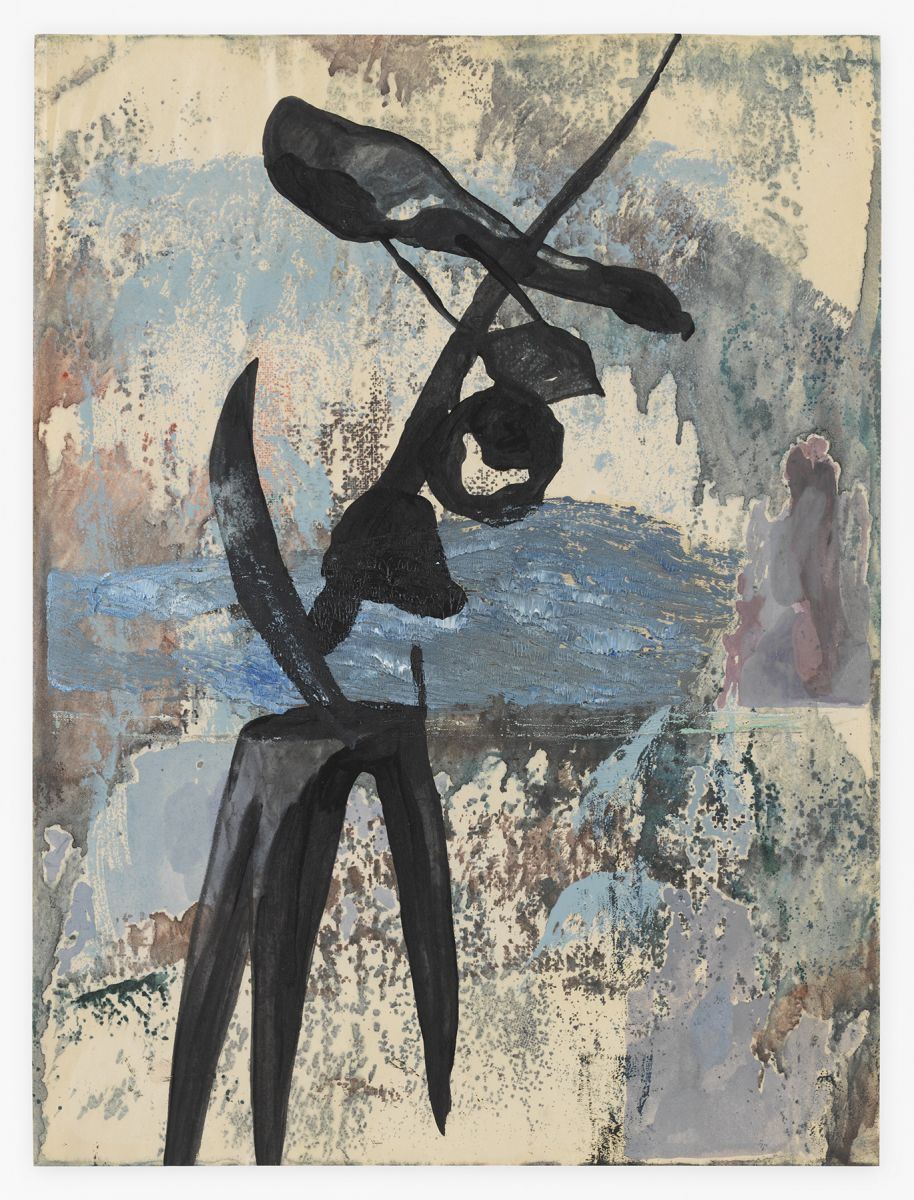
2016
Oil, watercolor, archival paper
24 × 17.7 inches/ 61 × 45 cm (unframed)
February 17 - March 31, 2021
Banhof Gallery is pleased to present Artefacts, a solo exhibition by New York- and Moscow-based artist Nikolay Koshelev. While the artist typically operates on a monumental scale, these new ceramics and works on paper function together as the protagonists and scenography of a micro-production, an imagined ballet unearthed from an ambiguous point in time. The corresponding pieces share a visual language of fluid colors and facial expressions abstracted beyond precise recognition; a portentous narrative unfolds in their dream-like, and at times nightmarish, depictions of contrasting elemental forces.
The presentation of artifacts from an unspecified history supports Koshelev’s stylistic and material concerns of bringing the past into the present. Having studied the monumental arts at the Moscow Academy, which included rigorous training in Russian and Italian techniques of fresco, mosaic and large-scale sculpture, history lies at the foundation of Koshelev’s practice. The folkloric imagery of this fictional ballet reflect the enduring influence that late-19th and early 20th-century Russian Symbolists have on his work—artists including Mikhail Vrubel, Mstislav Dobuzhinsky and Léon Bakst, who similarly depicted atmospheric, mystical scenes across painting, sculpture and theater design.
These traditional foundations, however, converge with Koshelev’s later MFA training at the New York Academy of Art and erstwhile life as graffiti artist on the streets of Moscow, creating a singular approach to world-building within a contemporary lens. Embedding recurring imagery and symbols throughout his painting and sculpture, he evokes the street artist’s signature tag; applying paint and glaze in running, overlapping layers he recreates the patina of graffiti that accrues over time. And in his further insistence that his work identify with no specific era, the artist limits himself to using only prewar methods and materials: vintage paper and canvas; rabbit-skin glue; the kiln of a Soviet-era factory in central Moscow.
For Koshelev, living in two cities maintains the timelessness of his practice in two ways: New York means being at the epicenter of contemporary popular culture, yet at the same time reaffirms Moscow’s place as his home and the soul of his work.
FEATURED WORKS
2019
ceramics, glaze
11 x 10 x 4 inches/ 28 x 25.4 x 10.16 cm
2019
ceramics, glaze
14 x 7 x 6 inches/ 35.5 x 17.8 x 15.2 cm
2019
ceramics, glaze
9.5 x 6 x 9 inches/ 24.1 x 15.2 x 22.8 cm
2019
ceramics, glaze
13 x 5.5 x 4 inches/ 33 x 14 x 10.16 cm
2019
ceramics, glaze
7.75 x 6 x 4 inches/ 19.7 x 15.2 x 10.1 cm
2019
ceramics, glaze
18 x 5.5 x 2.5 inches/ 45. x 14 x 6.35 cm
2015
Lithography on glass, printing ink, paper
32.5 × 25 inches/ 82.5 × 64 cm (framed)
2015
Oil, linseed oil, varnish, archival paper
30 x 22.5 inches/ 76.2 x 57 (unframed)
32.5 × 25 inches/ 82.5 × 64 cm (framed)
2015
Lithography on glass, printing ink, paper
39.7 × 26 inches/ 100.8 × 66 cm (unframed)
2016
Watercolor on paper, sea salt
30 × 22 inches/ 76.2 × 55.9 cm (unframed)
2016
Oil, watercolor, archival paper
24 × 17.7 inches/ 61 × 45 cm (unframed)